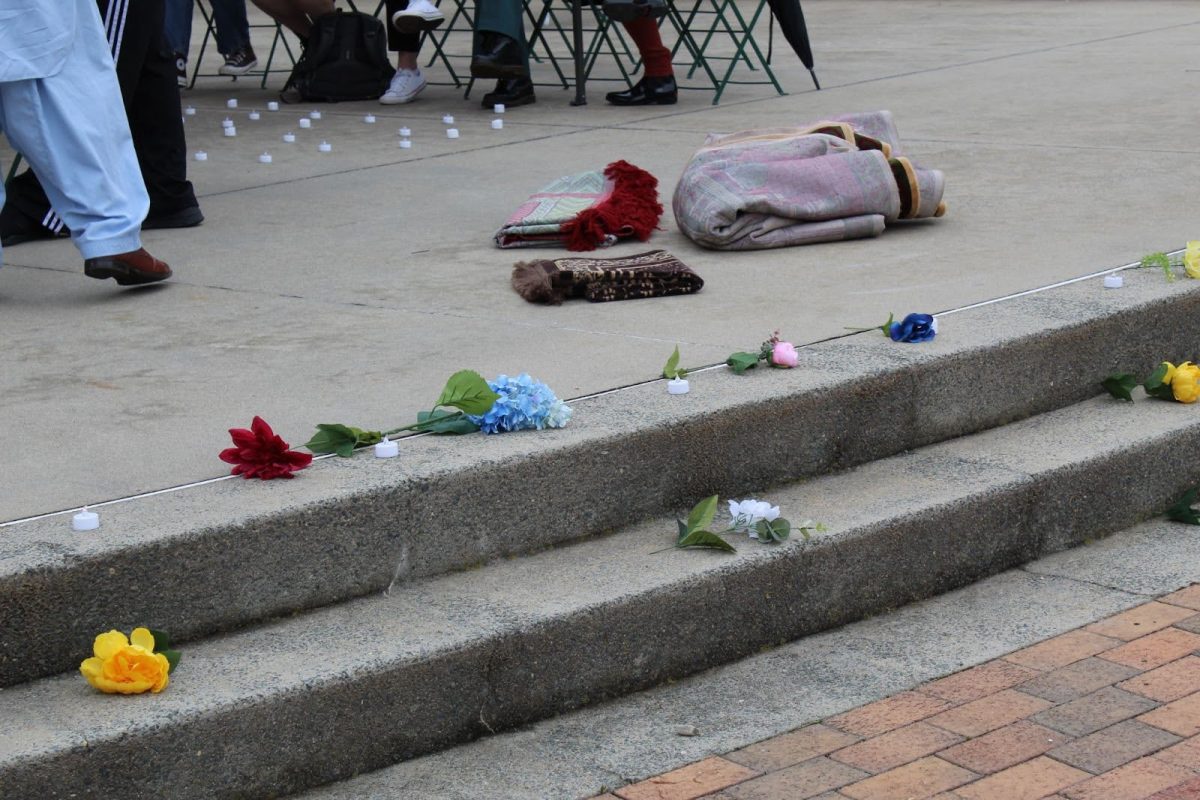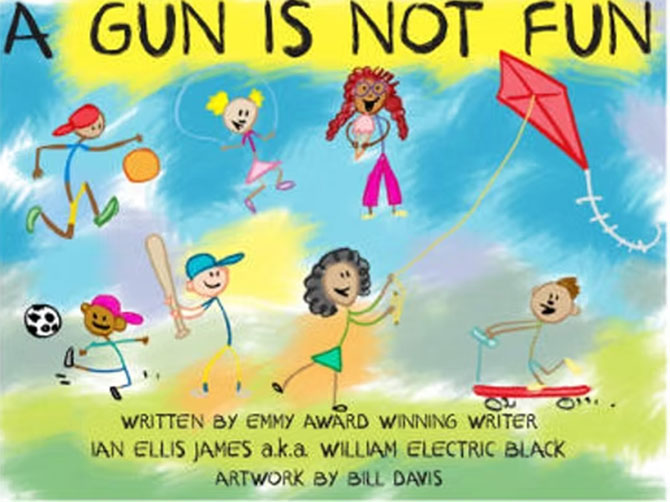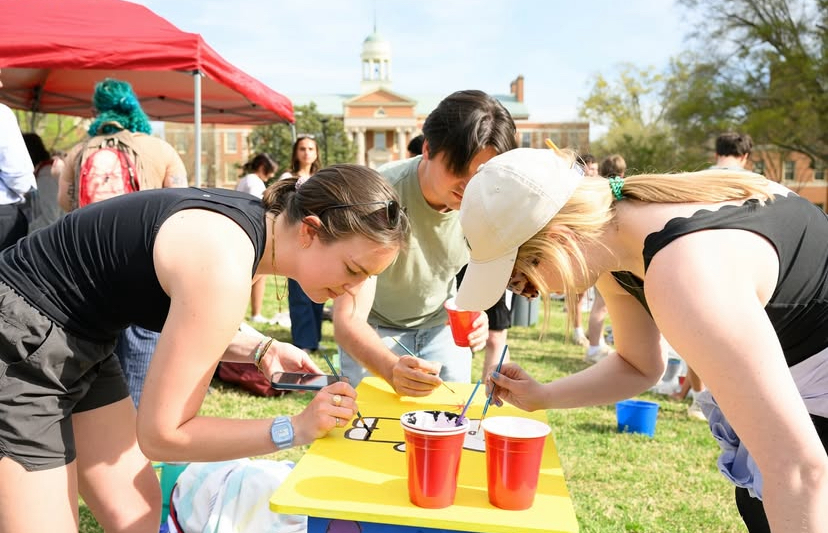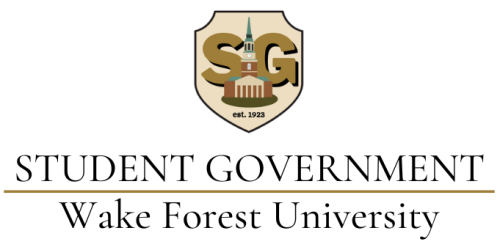On Monday evening, the denizens of Wake Forest congregated at the center of campus in Reynolda Hall for an event that was the first of its kind in the history of the university.
The event was dubbed the Indigenous Land Acknowledgment. Its purpose was to gather members of the campus community together with members of the North Carolina Tribal Nations to commemorate the indigenous heritage of the land upon which both the old and new incarnations of Wake Forest’s campus were built. This event is a part of Native American Awareness Month (NAAM) and coincided with the erection of a commemorative plaque in the courtyard outside Tribble Hall.
Jonathan A. McElderry, assistant dean of students and executive director of the Intercultural Center, said that this event was almost exactly a year in the making.
“[This acknowledgement] shows our native students that they are welcome on this campus,” he said. “It also shows the strides we are making to create a more inclusive campus. This plaque represents all of the hard work that so many people around this campus do to make sure that all our students feel welcome, and it is a symbol for our native students.”
The land acknowledgment is part of a larger effort to increase the inclusivity of the university’s community, especially in light of events such as the threatening emails that were sent to a number of offices and academic departments in September. Initiatives like these include the President’s Commission established by President Nathan Hatch and The Slavery, Race and Memory Project.
The event was sponsored by several university offices: the Intercultural Center, the Native American Student Association (NASA), the Department for the Study of Religions, the American Ethnic Studies Program, the Department of Anthropology, the Office of the President, the Office of the Provost, Division of Campus Life, the Dean of Students Office and the Office of Diversity & Inclusion.
The event began with Ray Silva of the Pueblo/Navajo nation, who performed an honoring song: setting a tempo with his hand drum, he vocalized powerfully in the language of his people. He was soon joined by Brenda Silva of the Haliwa-Saponi Indian Tribe to perform a healing song. Clad in ceremonial clothing, she danced.
“When she dances, she is praying for all the sick and wounded in the world today,” Silva said.
After the songs, Vice President of the Office of Diversity & Inclusion and Chief Diversity Officer José Villalba addressed the audience on the event’s purpose. He asserted the importance of acknowledging and addressing the roots of the university’s land.
“You are here at an incredibly momentous time,” he said.
This was followed by an address from Roo George-Warren of the Catawba Indian Nation, who described the vast swath of knowledge inherent in the university’s land heritage. He described how important honoring the land was to his ancestors and implored the audience to be mindful of their relationship with the land.
Professor Ulrike Wiethas of the Department for the Study of Religions then took to the stage to further reinforce the event’s theme of mindfulness. She implored the audience members to take a look at their neighbors, before providing context on the history of land acknowledgement, which she said was a timeless indigenous protocol that honored the stewardship between indigenous people and the land upon which they lived. She also asserted that the damage done by colonialism must not be ignored and that its wounding power still lives on today, concluding that the responsibility for working to heal those wounds falls on everyone.
Matthew Tooni of the Eastern Band of Cherokee Indians also provided valuable pieces of his culture. He performed an extremely quick and precise flute solo for the audience and also shared the Cherokee earth creation story later on in the evening.
Freshman Mahlea Hunt gave a thought-provoking testimonial to the room. She discussed her personal native heritage, which is rooted in the Lumbee Tribe of North Carolina, and credited the value of respect that was instilled in her from an early age. She ended her part with a moving performance of the song “Amazing Grace” in her indigenous language, accompanying herself with a hand drum.
“I was not aware of the land heritage, but as soon as I came [to Wake Forest,] the Intercultural Center educated me,” Hunt said. “I really got interested in acknowledging indigenuous lands, so I got very involved with them to be a part of this.”
Savannah Baber, who is also a member of the Lumbee Tribe and an alumnus from the class of 2019, gave a few remarks. McElderry credits her for the event’s conception in the spring of 2019. She said that students who are uninformed on the heritage of their school should look to academic departments and their indigenuous peers to learn more. She also commented on the newness of the administration’s acknowledgement of Wake Forest’s land heritage.
“I think this is a wonderful first step. I definitely think that [the Wake Forest administration’s] intention is to learn more and to do more,” she said. “I certainly think they are moving in the right direction.”
President Hatch also commented on the event’s importance to the Old Gold & Black.
“It is important to come to terms with history, particularly when there are descendants or heirs still living,” he said. “This is one more way that we can authentically come to terms with the ‘crooked timber’ of the past.”
The event was concluded by McElderry, who thanked both the audience and the sponsoring departments. He also reminded everyone that this event is merely the first in a month-long series of events honoring Native Americans. The next event is a NAAM pop-up event from the Harvest Table Culinary Group in the Pit from 11 a.m. to 2 p.m. on Friday, Nov. 8, featuring authentic Native American cuisine.















